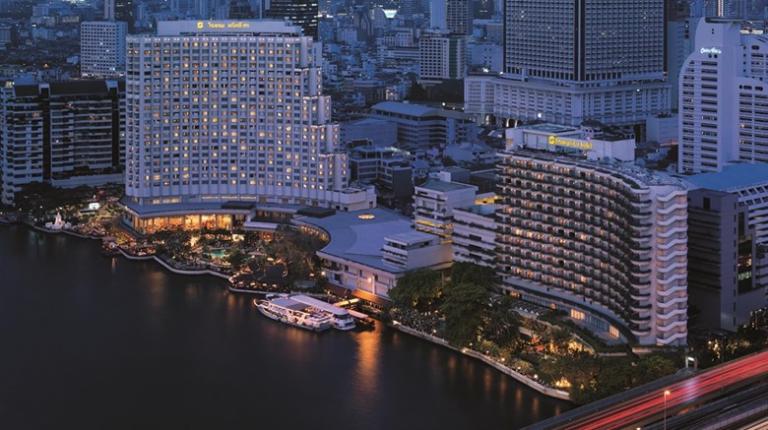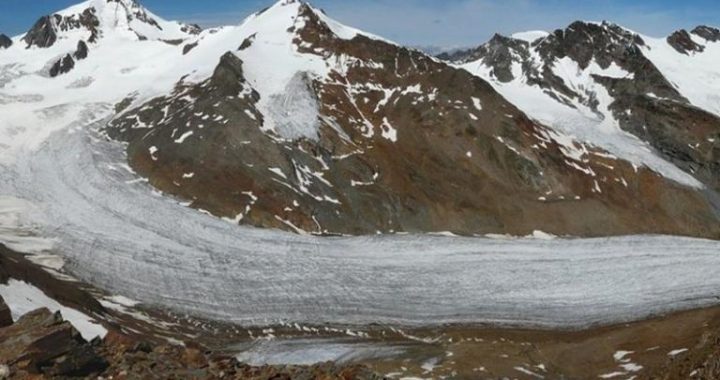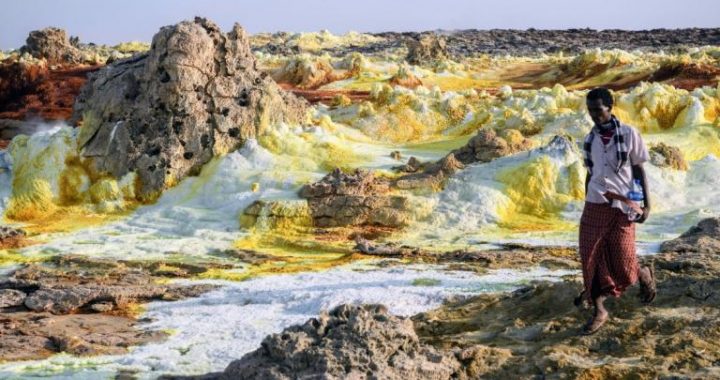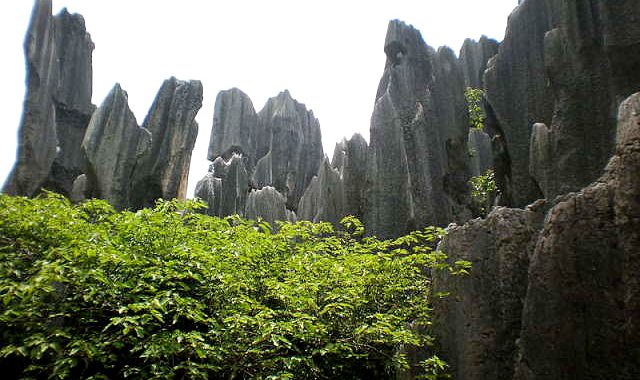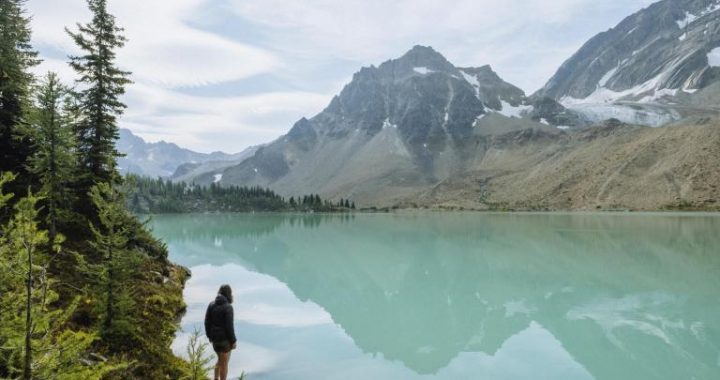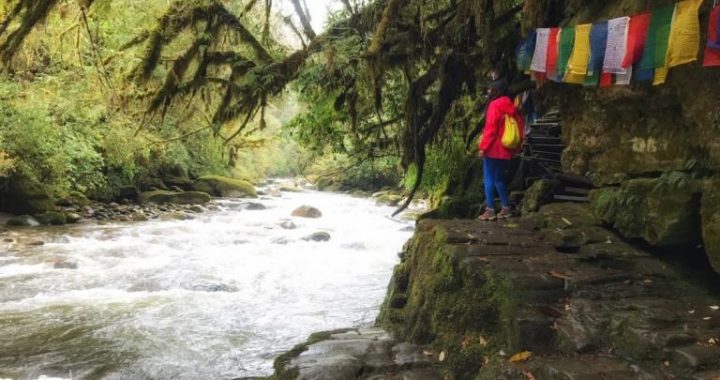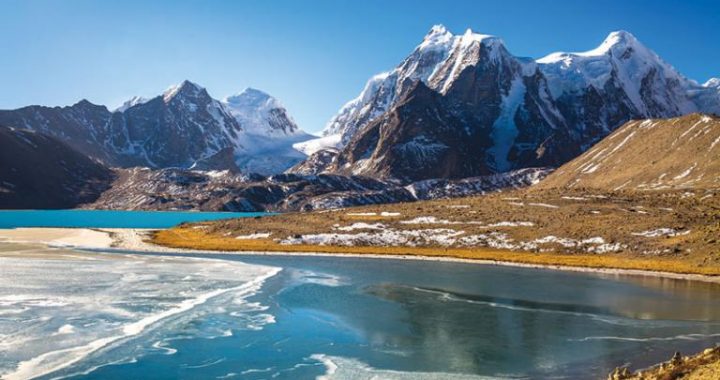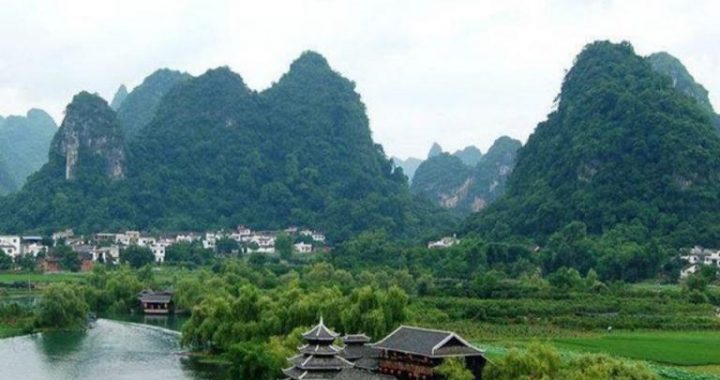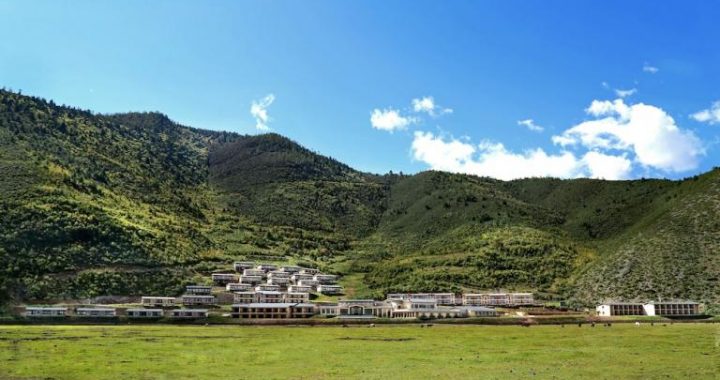THE FUTURE OF SHANGRI-LA
3 min readThe repeat photography in this book has provided us a view of northwest Yunnan across space and time. It is the time dimension that makes repeat photography unique. We have seen that during the past century, at least, northwest Yunnan has not been the static utopia of James Hilton’s fictional Shangri-La. As always, change is inevitable. Although some aspectsof environment and culture change faster than others, every image sequence illustrates some level of change. Many changes proceed at a pace not readily detected, and repeat photography presents one of the few methods available to directly observe this transformation decades later.There are three pieces of this multi-dimensional puzzle left, encompassing both space and time.
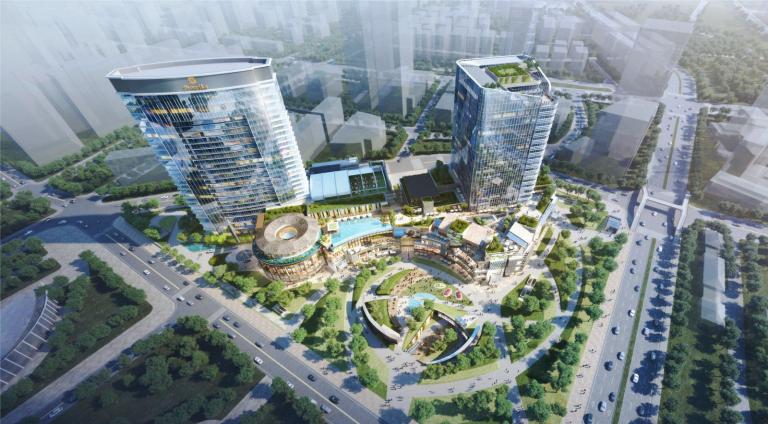
The first piece is space, seeking to fill gaps in the puzzle. The historical photo collection for northwest Yunnan contains well over 1,000 images, but I was only able to rephotograph 420. The more than500 landscape images that remain can provide information for important geographies that are now missing entirely, such as areas around Dali, as wellas clarifying details in other locations. These unrepeated historical images represent a vast resource; each new photo point that is rephotographed will add to our understanding of change.The second piece adds insight to the time dimension. While the repeat photo collection fosters understanding of the environment and culture of northwest Yunnan, it only documents what has changed. Many more questions arise about the drivers of that change-the ecological, physical, orsocial processes acting over time that are responsible for changes that the images document. From the point of view of a researcher, this means that the images generate hypotheses of change that are testable through scientific investigation. My early intention was to place the Yunnan repeat photo database on the Internet, accessible to researchers to evaluate images from their own perspective.
The effort needed to negotiate license agreements with each copyright holder and the cost of reprint rights has turned out to be prohibitive.So far we have looked backward through time and I have discussed the past. Herein lies the third missing piece of our space-time puzzle-the future.We have seen that paired with a modern repeat of the same scene, historicalimages come alive by adding the dimension of time. This living history does not have to end here. We can keep adding images, essentially creating anever-dynamic collage of environmental and cultural change in northwest Yunnan. In the set of “Glaciers of Khawa Karpo”images we see that the glacier lost ice between two points in time,80 years apart. But in the next set from Taizi Temple, we have two intermediate images that show most loss of ice took place in the10years between 1994 and 2004. It was not a steady, linear decay over the80 years which would be a reasonable conclusion from studying the first set alone.
This four-image collage is almost like a movie, adding enormously tothe already interesting time series created by just two repeated images. The people who follow our footsteps will have the great fun of documenting a constantly changing storyline of Yunnan’s Shangri-La.Finally, for conservationists such as me, the historical repeat photography of northwest Yunnan has given us some clear signals about the rates and patterns of change in the environment and culture of northwest Yunnan. We found that, when viewed collectively, the repeated images do not supportmany common assumptions regarding environmental degradation, especiallythose blamed on mountain peasants. Historical repeat photography cannot tell us what to do in the future regarding conservation of nature and culture, but it can tell us whether our assumptions of past change and its roots are substantiated and what realistic goals and constraints we will face in the future.
